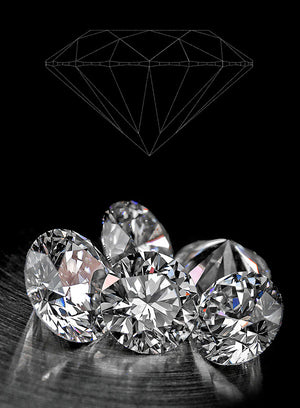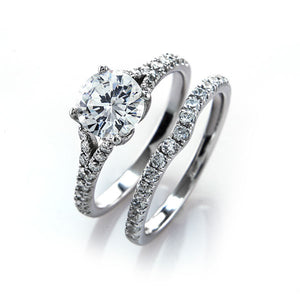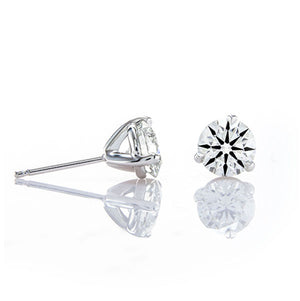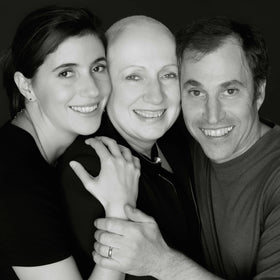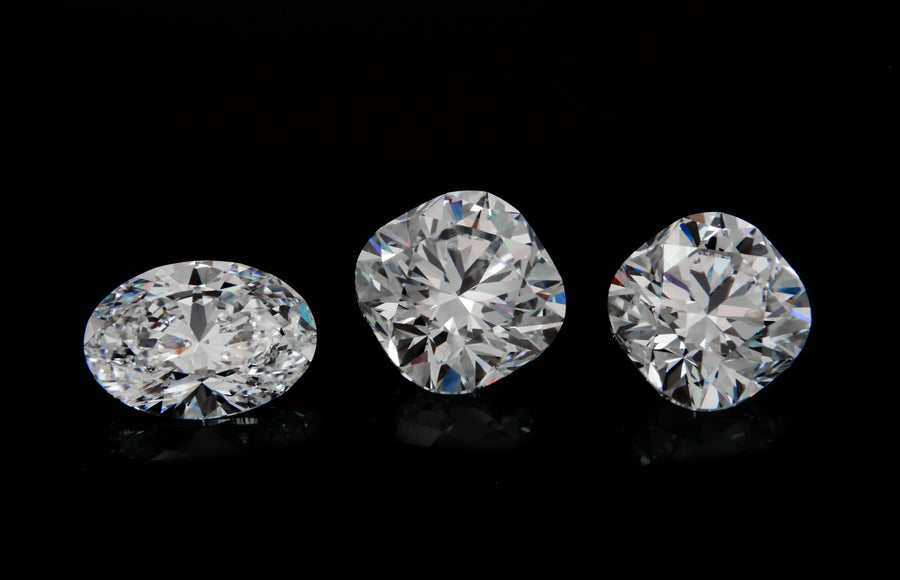
Do Lab-Grown Diamonds Get Cloudy and Why Might It Happen?
If you're in the market for a diamond ring, bracelet, or any other type of diamond jewelry, you might be wondering about the appearance of lab-grown diamonds. Specifically, do lab-grown diamonds become cloudy or 'foggy' over time, and if so, what can you do to restore their brilliant sparkle?
High-quality lab-grown diamonds do not get cloudy. The best lab diamonds are “real” diamonds, and like high-quality natural diamonds, they maintain their visual perfection. It’s critical to remember this applies to top-quality diamonds but not necessarily to other diamonds of lesser quality.
So, how can you tell a high-quality diamond that won’t get cloudy from one that will? This blog will cover this and all of the other answers you’re looking for about a lab-grown diamond getting cloudy.
What Does It Mean for a Diamond to be ‘Cloudy’?
A natural diamond becomes "cloudy" when its sparkle disappears, making it look foggy or lackluster. Inclusions (or imperfections) can scatter light in different directions throughout the diamond, which can affect its overall sparkle and clarity decreases.
Why Might a Lab Grown Diamond be Cloudy?
Poor Diamond Cut Quality
Unsurprisingly, a diamond’s cut plays a big part in its overall performance, including whether it looks cloudy or not. Poor diamond cut quality causes diamonds to not reflect light as effectively, leading to a cloudy, dull, or less sparkly appearance.
Fluorescence
Fluorescence refers to the light diamonds emit when exposed to ultraviolet (UV) light. Diamonds with stronger fluorescence might look hazy or oily in natural daylight. This appearance might be referred to as cloudy. In some cases, however, fluorescence enhances the look of a diamond. This is more likely to be the case for a diamond with a lower color grade – excessive fluorescence can negatively impact its visual clarity.
Post-Growth Treatments
Depending on how a lab diamond is grown, it might need post-growth treatments. Lab diamonds grown using a process known as Chemical Vapour Deposition (CVD) are also called CVD diamonds. The vast majority of lab diamonds are made using the CVD process. The other common method is HPHT (high-pressure, high-temperature) growth.
CVD and HPHT lab diamonds will have key differences.
-
During the CVD growth process, diamonds grow so quickly that they are more prone to looking yellow or brown or to having internal graining. Post-growth treatments might then be used to improve the look of inclusions that occur during the growth process. The problem is that these post-growth treatments commonly leave diamonds looking cloudy or hazy.
-
Conversely, diamonds grown with the HPHT process are sold “As Grown” and do not receive a post-growth treatment.
Do Lab Diamonds Get Cloudy?
If a lab diamond is made with the CVD process and then receives a post-growth treatment, it can become cloudy. And, after years of research, Brian Gavin Diamonds came up with a solution that upholds the Four Cs of Lab Diamonds and the Fifth C of Brian Gavin Lab.
Brian Gavin Lab Diamonds are created using both lab diamond growth methods. However, only the CVD method is used for the Premium lab diamonds with no post-growth treatments.
If you’re wondering how that’s possible, it comes down to the unique CVD method, which results in better transparency and clarity. Light can pass through the diamond effortlessly so no post-growth treatment is necessary. Our custom lab diamond CVD process is a single-cycle process. The result? A lab diamond with world-class sparkle and brilliance.
What About Turning Yellow or Fading?
High-quality lab-grown diamonds do not become cloudy, turn yellow, or fade. If a tip-quality diamond has this appearance, it is not the diamond itself causing it. Instead, it is usually a build-up of dirt and oil on the diamond’s surface.
For example, hairspray and soap can build up on the surface over time, resulting in a stained or discolored appearance. The good news is that learning how to clean your diamonds effectively can solve this problem! Fundamental diamond care can restore your diamond to its gorgeous sparkle once the grime layer is off its surface.
The Importance of Picking a Quality Lab Diamond
We have mentioned several times the role quality plays in a lab diamond’s appearance. A high-quality diamond will not become cloudy, that’s why it’s important to pick a quality lab diamond.
But how exactly can you buy a high-quality lab diamond?
-
Make sure the lab diamond comes from a manufacturer known for meeting high-quality diamond production standards.
-
Diamonds graded by reputable laboratories, including the GIA, are a reliable source of information about a diamond’s quality. Buy diamonds with a grading certificate to be sure you are buying from a reputable seller.
-
These grading reports tell you about a diamond’s cut, clarity, carat weight, and color.
Shop Brian Gavin Lab Diamonds
Brian Gavin Diamonds goes one step further than the four Cs of a diamond grading report from a lab like the GIA by adding the fifth C to diamonds. This results in a higher-performance diamond with better brilliance and the best sparkle factor – no cloudiness, yellowing, or other visual flaws.
Shop Brian Gavin Lab Diamonds today to find a lab diamond that stands the test of time.





